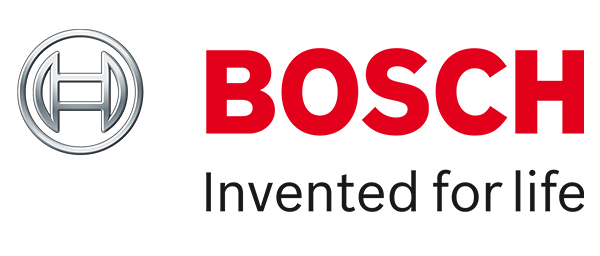If you’re in the market for a new smooth-top stove, this is the key question that you need to have answered before you look at makes, models and other data. At first glance, these two cooktops look similar, they have a glass ceramic surface, but don’t be fooled as they work in very different ways. In this article, we will take a closer look at both to help you make an informed purchasing decision.
Induction Cooktops
An induction cooktop comes at a premium price when compared to a standard electric model. They cook very quickly, they are responsive and they use less energy. This may seem like a condemnation of an electric cooktop, but some people may prefer to use them. Let’s take a look at the pros and cons, they are:
Pros:
- The cooking times are significantly faster.
- An induction cooktop boils water faster than gas or electric models.
- There are multiple built-in safety features.
- This type of cooktop is very easy to clean.
- The temperature control is extremely precise.
- These are energy efficient cooktops.
Cons:
- An induction cooktop will only work with magnetic cookware.
- To get the best results the cookware must have a flat bottom.
- These cooktops come at a premium price.
Electric Cooktops
When you purchase and install an electric cooktop, you’re probably dealing with an appliance that you fully understand. The cooking times may be a little longer, but you don’t need to invest in new flat bottomed magnetic cookware. Let’s take a look at the pros and cons, they are:
Pros:
- An electric cooktop will boil water faster than a gas model.
- These cooktops are easy to clean.
- They are affordable and widely available.
Cons:
- The heating times are slower than induction models.
- The food can splatter and burn on the cooktop.
The Clear Winner is an Induction Cooktop:
If you have the budget for the induction cooktop and magnetic cookware, it’s hard to not recommend these appliances. Professional chefs love induction cooking because it’s precise, quick and the daily clean down is very simple. When you have this level of control over the cooking temperatures you can melt chocolate or make delicate sauces easily. This is equally applicable when you need more heat quickly and in less than 15 minutes you can boil a large pot of water to make spaghetti.
The induction process uses a magnetic current to heat up the lower surfaces of cookware quickly. This is a direct heat transfer, there is no residual heat anywhere else on the induction cooktop. So, if you accidentally touch a surface you will not be burnt by a flame or heating element. This makes cooking with kids a real joy and you don’t need to wait for several minutes before you can use that skillet to get hot.
A busy kitchen can be a very hot place to work and we experience some of that pressure when we cook for larger groups or in hotter summer months. But, an induction cooktop generates no heat in the way that an electric or gas model would. There is no need to consider preheating times if you are busy and you want to cook a meal from scratch. Once you set the induction hob, it will be ready to use almost instantaneously which is a real time saver. Cleaning is easy, the glass surface is smooth and it can be wiped clean with a soft cloth. There are no burners, grates or coils to remove, soak, clean, dry and replace.
If you’re considering an upgrade for your current cooktop, you can explore your options with our collection of electric, gas and induction models or speak to a home appliance expert for a more tailored service to meet your needs.
Read More – https://www.uakc.com/blog/electric-vs-induction-cooktop-which-cooks-faster/










